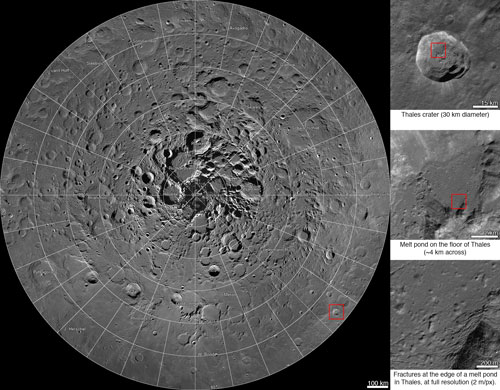 Scientists, using cameras aboard NASA's Lunar Reconnaissance Orbiter (LRO), have created the largest high resolution mosaic of our moon's north polar region. The six-and-a-half feet (two-meters)-per-pixel images cover an area equal to more than one-quarter of the United States.
Scientists, using cameras aboard NASA's Lunar Reconnaissance Orbiter (LRO), have created the largest high resolution mosaic of our moon's north polar region. The six-and-a-half feet (two-meters)-per-pixel images cover an area equal to more than one-quarter of the United States.
Mar 18th, 2014
Read more
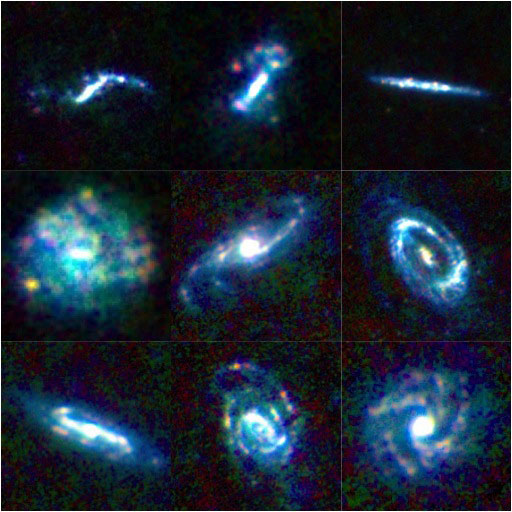 An international team of astronomers has completed a benchmark study of more than 300 galaxies, producing the largest census of dust in the local Universe, the Herschel Reference Survey.
An international team of astronomers has completed a benchmark study of more than 300 galaxies, producing the largest census of dust in the local Universe, the Herschel Reference Survey.
Mar 18th, 2014
Read more
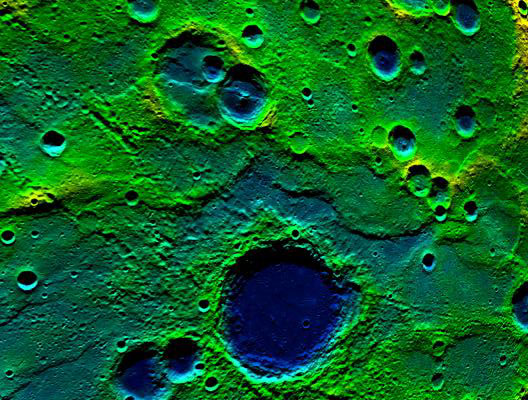 New global imaging and topographic data from MESSENGER show that the innermost planet has contracted far more than previous estimates. The results are based on a global study of more than 5,900 geological landforms, such as curving cliff-like scarps and wrinkle ridges, that have resulted from the planet's contraction as Mercury cooled. The findings are key to understanding the planet's thermal, tectonic, and volcanic history, and the structure of its unusually large metallic core.
New global imaging and topographic data from MESSENGER show that the innermost planet has contracted far more than previous estimates. The results are based on a global study of more than 5,900 geological landforms, such as curving cliff-like scarps and wrinkle ridges, that have resulted from the planet's contraction as Mercury cooled. The findings are key to understanding the planet's thermal, tectonic, and volcanic history, and the structure of its unusually large metallic core.
Mar 17th, 2014
Read more
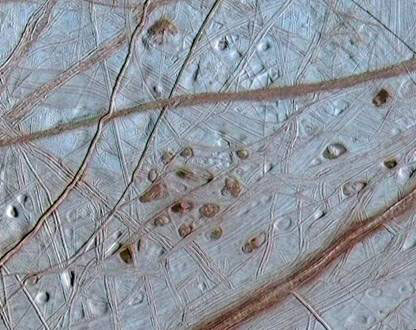 Water, salts and gases dissolved in the huge ocean that scientists believe could exist below Europa's icy crust can rise to the surface generating the enigmatic geological formations associated to red-tinged materials that can be seen on this Jupiter's satellite.
Water, salts and gases dissolved in the huge ocean that scientists believe could exist below Europa's icy crust can rise to the surface generating the enigmatic geological formations associated to red-tinged materials that can be seen on this Jupiter's satellite.
Mar 14th, 2014
Read more
A new study by ESA's Clean Space initiative - tasked with reducing the space industry's environmental impacts on both Earth and space - aims to evaluate battery behaviour after a satellite shuts down, assessing the risk of breakup and ensuring full 'passivation'.
Mar 13th, 2014
Read more
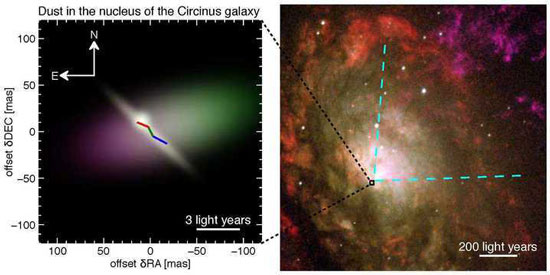 Astronomers observe a dense disk and a bright funnel at the centre of the Circinus galaxy.
Astronomers observe a dense disk and a bright funnel at the centre of the Circinus galaxy.
Mar 13th, 2014
Read more
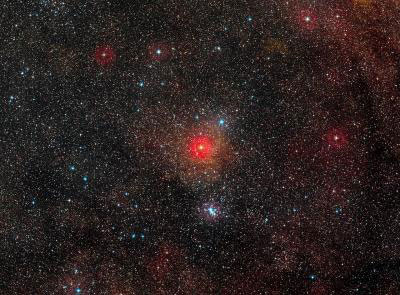 ESO's Very Large Telescope has revealed the largest yellow star - and one of the 10 largest stars found so far. This hypergiant has been found to measure more than 1,300 times the diameter of the Sun, and to be part of a double star system, with the second component so close that it is in contact with the main star. Observations spanning over 60 years also indicate that this remarkable object is changing very rapidly.
ESO's Very Large Telescope has revealed the largest yellow star - and one of the 10 largest stars found so far. This hypergiant has been found to measure more than 1,300 times the diameter of the Sun, and to be part of a double star system, with the second component so close that it is in contact with the main star. Observations spanning over 60 years also indicate that this remarkable object is changing very rapidly.
Mar 12th, 2014
Read more
In near future, in outer space, Chinese scientists and their international colleagues, perhaps in the company of robots, will seek knowledge in labs on China's future space station.
Mar 11th, 2014
Read more
Most of the galaxies that have been observed from the early days of the universe were young and actively forming stars. Now, an international team of astronomers have discovered galaxies that were already mature and massive in the early days. Fifteen mature galaxies were found at a record-breaking average distance of 12 billion light years, when the universe was just 1.6 billion years old. Their existence at such an early time raises new questions about what forced them to grow up so quickly.
Mar 11th, 2014
Read more
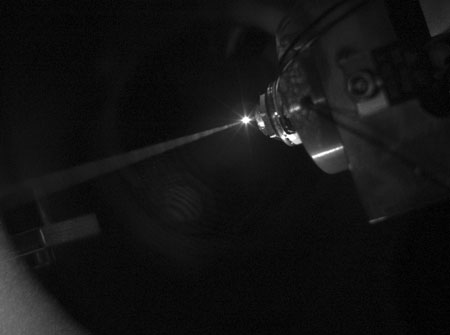 Using DESY's X-ray laser FLASH, researchers took a sneak peek deep into the lower atmospheric layers of giant gas planets such as Jupiter or Saturn. The observations reveal how liquid hydrogen becomes a plasma, providing information on the material's thermal conductivity and its internal energy exchange - important ingredients for planetary models.
Using DESY's X-ray laser FLASH, researchers took a sneak peek deep into the lower atmospheric layers of giant gas planets such as Jupiter or Saturn. The observations reveal how liquid hydrogen becomes a plasma, providing information on the material's thermal conductivity and its internal energy exchange - important ingredients for planetary models.
Mar 11th, 2014
Read more
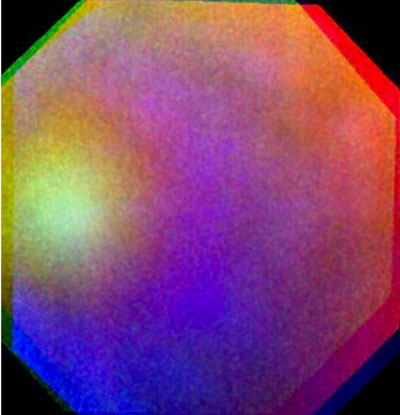 A rainbow-like light phenomenon observed on Venus cloud tops helps to identify the components of the planet's acidic cloud cover.
A rainbow-like light phenomenon observed on Venus cloud tops helps to identify the components of the planet's acidic cloud cover.
Mar 11th, 2014
Read more
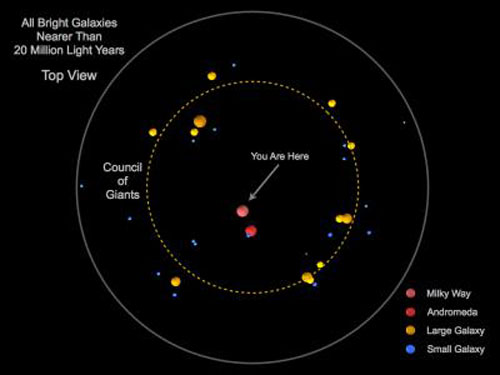 A new paper maps out bright galaxies within 35-million light-years of the Earth, offering up an expanded picture of what lies beyond our doorstep.
A new paper maps out bright galaxies within 35-million light-years of the Earth, offering up an expanded picture of what lies beyond our doorstep.
Mar 11th, 2014
Read more
The Planetary Data System (PDS), which archives and distributes data from all of NASA's planetary missions, today released its eleventh batch of data collected by the MESSENGER mission. With this release, images and measurements are now available to the public for the fifth full Mercury solar day of MESSENGER orbital operations.
Mar 10th, 2014
Read more
 The Orion Nebula is home to hundreds of young stars and even younger protostars known as proplyds. Many of these nascent systems will go on to develop planets, while others will have their planet-forming dust and gas blasted away by the fierce ultraviolet radiation emitted by massive O-type stars that lurk nearby.
The Orion Nebula is home to hundreds of young stars and even younger protostars known as proplyds. Many of these nascent systems will go on to develop planets, while others will have their planet-forming dust and gas blasted away by the fierce ultraviolet radiation emitted by massive O-type stars that lurk nearby.
Mar 10th, 2014
Read more
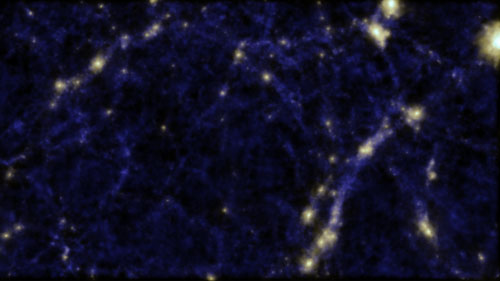 Australian astronomers have shown galaxies in the vast empty regions of the Universe are actually aligned into delicate strings.
Australian astronomers have shown galaxies in the vast empty regions of the Universe are actually aligned into delicate strings.
Mar 10th, 2014
Read more
NASA's Asteroid Data Hunter contest series will offer $35,000 in awards over the next six months to citizen scientists who develop improved algorithms that can be used to identify asteroids.
Mar 10th, 2014
Read more
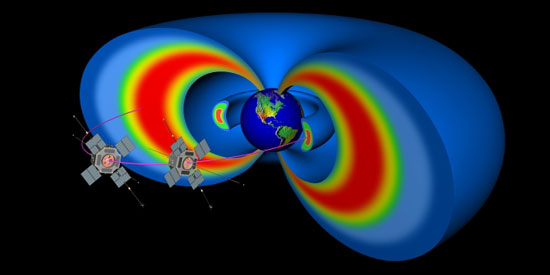 Using data from NASA's Van Allen Probes, researchers have tested and improved a model to help forecast what's happening in the radiation environment of near-Earth space -- a place seething with fast-moving particles and a space weather system that varies in response to incoming energy and particles from the sun.
Using data from NASA's Van Allen Probes, researchers have tested and improved a model to help forecast what's happening in the radiation environment of near-Earth space -- a place seething with fast-moving particles and a space weather system that varies in response to incoming energy and particles from the sun.
Mar 9th, 2014
Read more
After searching hundreds of millions of objects across our sky, NASA's Wide-Field Infrared Survey Explorer (WISE) has turned up no evidence of the hypothesized celestial body in our solar system commonly dubbed 'Planet X'
Mar 7th, 2014
Read more
 Scientists, using cameras aboard NASA's Lunar Reconnaissance Orbiter (LRO), have created the largest high resolution mosaic of our moon's north polar region. The six-and-a-half feet (two-meters)-per-pixel images cover an area equal to more than one-quarter of the United States.
Scientists, using cameras aboard NASA's Lunar Reconnaissance Orbiter (LRO), have created the largest high resolution mosaic of our moon's north polar region. The six-and-a-half feet (two-meters)-per-pixel images cover an area equal to more than one-quarter of the United States.
 Subscribe to our Space Exploration News feed
Subscribe to our Space Exploration News feed









